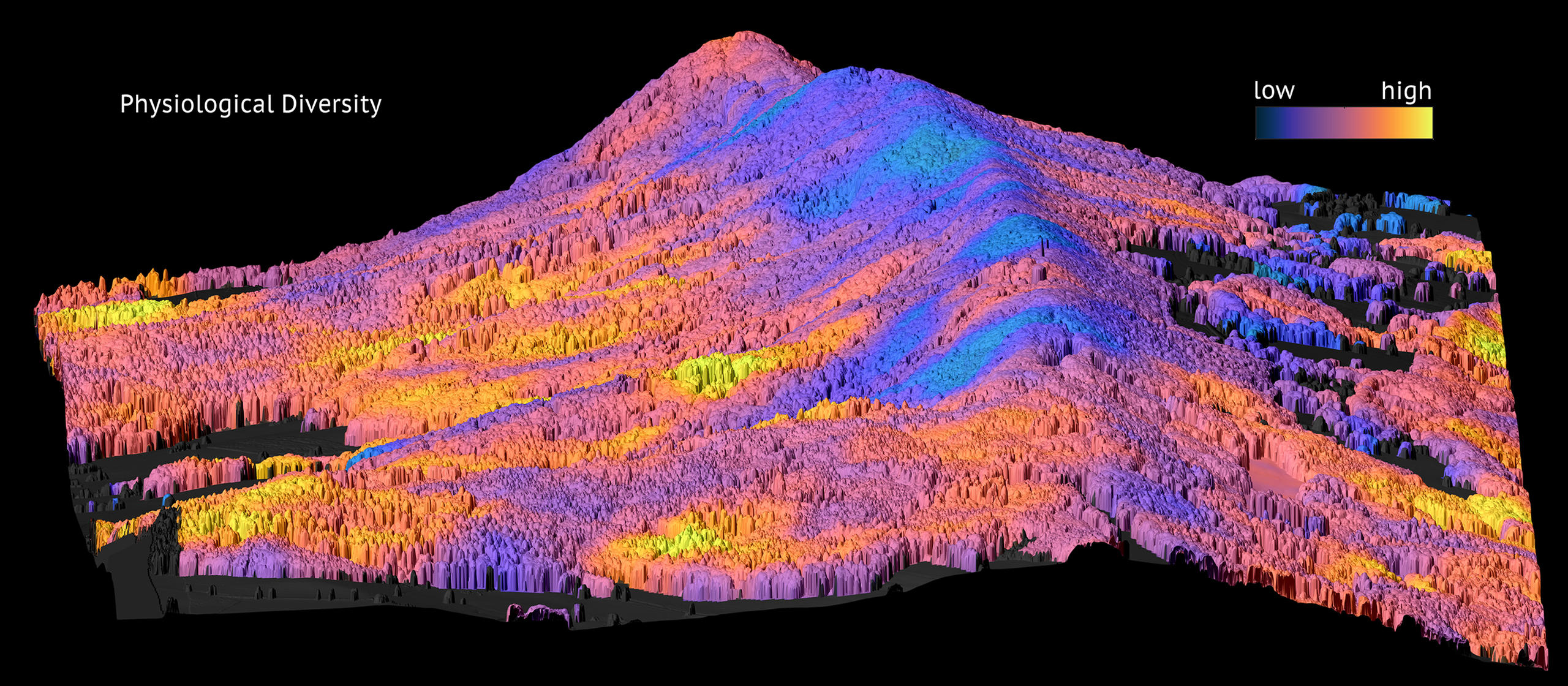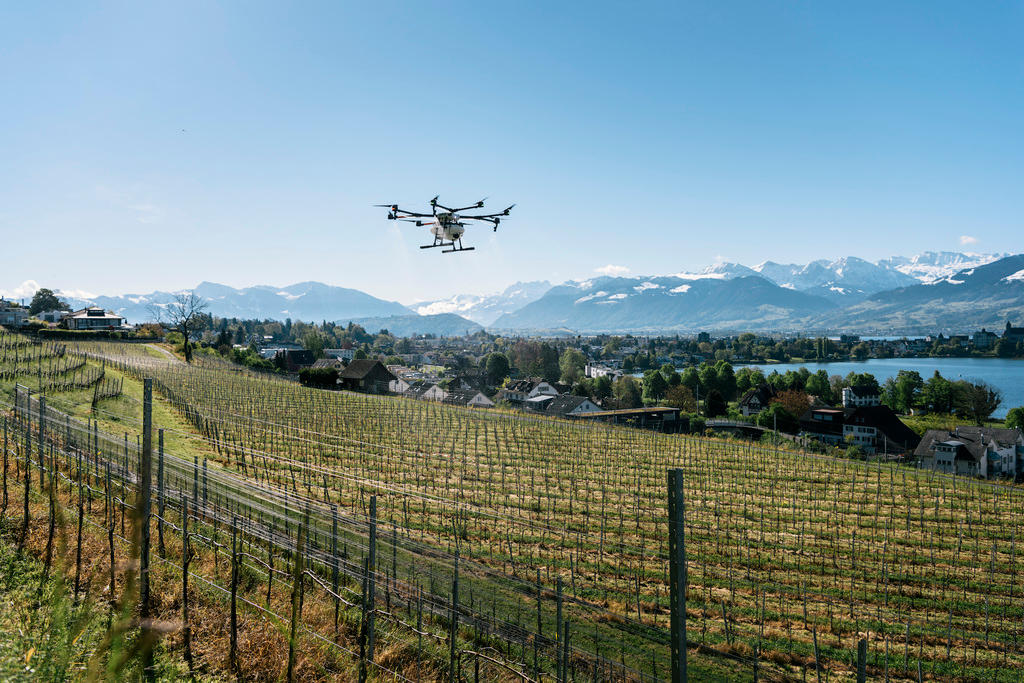Swiss-led committee unveils new JPEG format

An international working group has introduced an updated version of the JPEG image file format. Dubbed JPEG XS, the technology seeks to allow high-quality images to be compressed and sent with less delay, using less energy.
The group, known as the Joint Photographic Experts GroupExternal link (JPEG), was behind the original JPEG file format that came out some 25 years ago. It is headed by an engineer at the Swiss Federal Institute of Technology in Lausanne (EPFL).
Applications for the new JPEG file format include virtual reality and augmented reality technologies, space imaging, drones, and self-driving cars, an EPFL press release said on Monday.External link It relies on a compression process that allows very high-quality images and videos to be streamed over broadband networks, like 5G and WiFi, while using less energy.
+ Read more about 5G technology
“For the first time in the history of image coding, we are compressing less in order to better preserve quality, and we are making the process faster while using less energy,” said Touradj Ebrahimi, head of the JPEG working group and an EPFL professor.
“The idea is to use [fewer] resources, and use them more wisely. This is a real paradigm shift.”
Less lag time
JPEG XS files have potential uses in areas where images and videos must be sent quickly with low latency – the lag time between a signal input and the resulting displayed image. Examples of technologies where high-quality, low-latency images are especially important include drones and self-driving cars.
The low energy consumption of the new process makes the JPEG XS useful for technologies ranging from the everyday, like smartphones, to the extra-terrestrial: the European Space Agency (ESA) is interested in using the format for space probe images.
Ebrahimi and his colleagues have conducted tests that show that the new file format works well, although final approval from the International Standardization Organization (ISO), anticipated in 2019, is still required before JPEG XS-based services and products can be launched. The JPEG working group is a joint project of the ISO and the International Electrotechnical Commission (IEC).
“To be able to use JPEG XS, consumers will need to own the next generation of devices. In terms of software, they will probably just need to run an update, like they do from time to time on their computers and smartphones anyway,” Ebrahimi explained.

More
Out of Geneva: the gif marks a milestone

In compliance with the JTI standards
More: SWI swissinfo.ch certified by the Journalism Trust Initiative




You can find an overview of ongoing debates with our journalists here. Please join us!
If you want to start a conversation about a topic raised in this article or want to report factual errors, email us at english@swissinfo.ch.